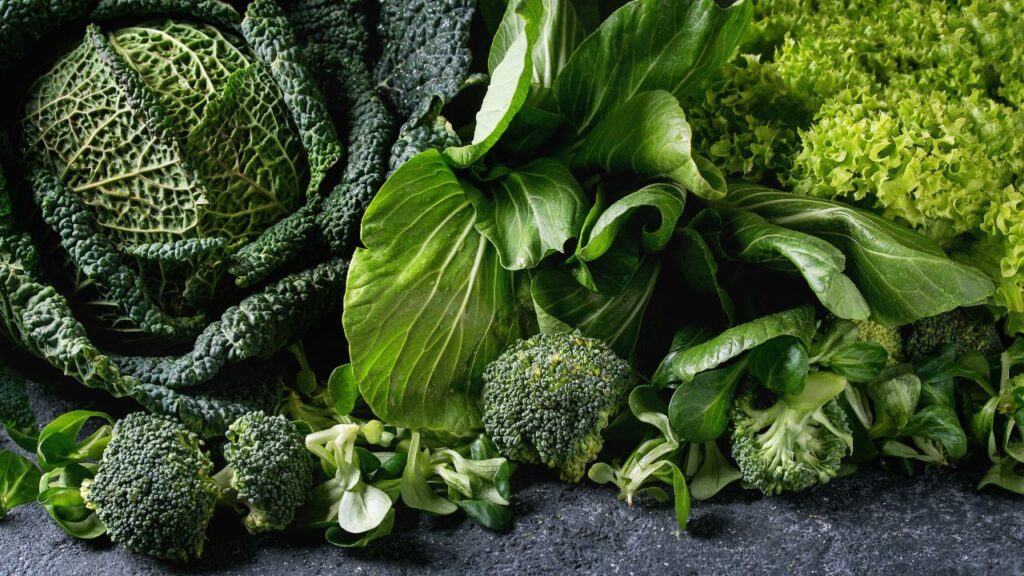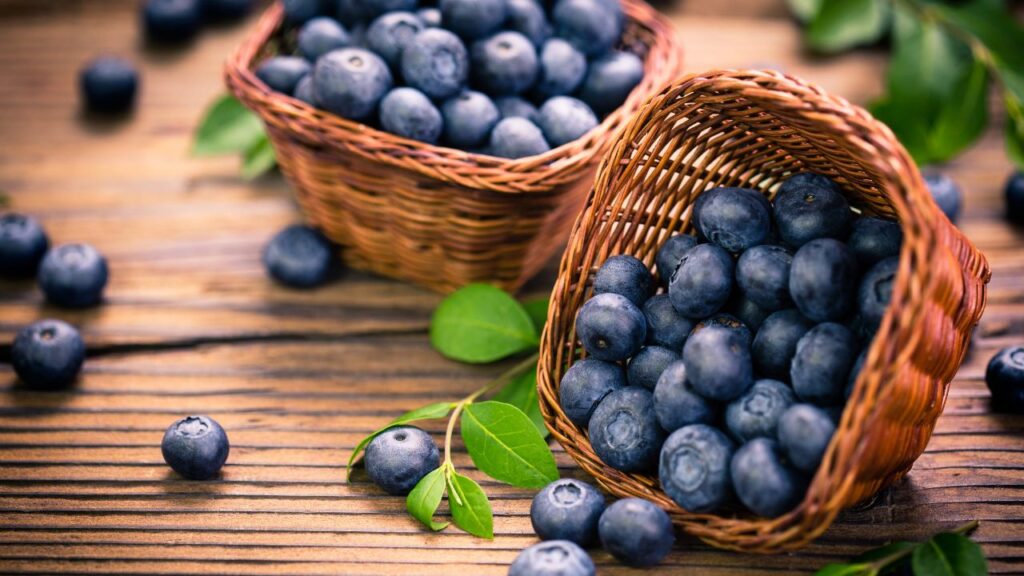Today we have access to nearly every type of fruit, vegetable, and ingredient year-round. While this might seem like a convenience, there is a strong case for eating foods that are in season. Seasonal eating means consuming fruits, vegetables, and other foods at their natural peak growing time, rather than relying on imported or artificially cultivated produce. Not only is seasonal eating better for your health, but it also benefits the environment, supports local farmers, and enhances the flavors of your meals.
What Is Seasonal Eating?
Seasonal eating is the practice of aligning your diet with the natural harvest cycles of foods grown in your region. It means enjoying fresh berries in the summer, hearty root vegetables in the fall and winter, and crisp greens in the spring. This approach is how our ancestors ate before the advent of global food trade and modern food preservation methods.
Why Seasonal Eating Matters
Eating with the seasons offers several key advantages for health, sustainability, and flavor. Let’s explore some of the major benefits.
1. Improved Nutritional Value
Fruits and vegetables harvested at their peak ripeness contain more vitamins, minerals, and antioxidants. When foods are forced to grow out of season or transported long distances, they often lose significant nutrients due to early harvesting, prolonged storage, and exposure to artificial ripening methods.
For example, a freshly picked strawberry in the summer is loaded with vitamin C, while an off-season strawberry grown in a greenhouse or imported may have lower levels of nutrients due to longer travel and storage times.
2. Better Taste and Quality
Seasonal produce tastes better! Fruits and vegetables that are allowed to ripen naturally before being harvested develop richer flavors and textures. Compare a juicy, sun-ripened summer tomato with a bland, mealy tomato from the supermarket in winter, and you’ll notice a huge difference. Eating seasonally ensures that you’re getting the freshest and most flavorful food available.
3. Supports Local Farmers and Communities
Buying local, seasonal food supports small-scale farmers and strengthens local economies. When you purchase produce from nearby farms, you help sustain local agriculture and reduce reliance on large-scale commercial farming practices that can harm the environment.
4. More Environmentally Friendly
Eating with the seasons reduces the carbon footprint associated with long-distance food transportation. Many out-of-season foods travel thousands of miles before they reach your plate, requiring extensive fuel consumption and refrigeration. Additionally, large-scale commercial farming often uses excessive amounts of pesticides and water to force growth outside natural cycles. Choosing seasonal, local foods helps minimize these environmental impacts.
5. Lower Costs
In-season foods are often more affordable because they are abundantly available. When produce is out of season, it becomes a specialty item, driving up the cost due to transportation and storage fees. Buying in-season produce allows you to enjoy high-quality food at a lower price.
6. Aligns with Your Body’s Needs
Nature provides what our bodies need at different times of the year. In the winter, warming root vegetables and hearty grains help sustain energy and keep us warm. In the summer, hydrating fruits and leafy greens cool us down and provide necessary nutrients for active outdoor lifestyles. Seasonal eating naturally supports the body’s rhythm and energy levels.
What’s in Season? A Guide to Seasonal Foods
To help you get started with seasonal eating, here is a guide to some of the best foods for each season:

Spring
Spring is the season of renewal, and fresh greens begin to emerge. This is a great time for detoxifying foods that help cleanse the body after winter.
- Asparagus
- Peas
- Spinach
- Lettuce
- Radishes
- Strawberries
- Artichokes
Best Ways to Enjoy Spring Produce:
- Add fresh peas and asparagus to salads.
- Make a light spinach and strawberry salad with a balsamic glaze.
- Roast radishes for a mild, slightly sweet side dish.

Summer
Summer brings an abundance of juicy, hydrating fruits and vibrant vegetables. These foods are rich in antioxidants and help keep the body cool.
- Tomatoes
- Cucumbers
- Zucchini
- Bell Peppers
- Watermelon
- Blueberries
- Corn
Best Ways to Enjoy Summer Produce:
- Make a refreshing cucumber and tomato salad.
- Grill zucchini and bell peppers for a summer BBQ.
- Enjoy fresh watermelon as a cooling snack.

Fall
Fall is the time for hearty, warming foods that prepare the body for colder months. Root vegetables and squashes are packed with vitamins and fiber.
- Pumpkins
- Sweet potatoes
- Carrots
- Apples
- Brussels sprouts
- Pears
Best Ways to Enjoy Fall Produce:
- Roast sweet potatoes and carrots with herbs.
- Bake apples with cinnamon for a healthy dessert.
- Make a creamy pumpkin soup with warming spices.

Winter
Winter calls for comforting, nutrient-dense foods that provide warmth and sustenance. These foods are high in fiber, vitamins, and minerals to support immunity.
- Kale
- Cabbage
- Citrus fruits (oranges, lemons, grapefruits)
- Beets
- Root vegetables
- Pomegranates
Best Ways to Enjoy Winter Produce:
- Make a kale and citrus salad for an immune boost.
- Roast beets for a nutrient-rich side dish.
- Drink fresh orange juice for a vitamin C kick.
How to Transition to Seasonal Eating
If you’re used to buying whatever is available at the grocery store year-round, transitioning to seasonal eating can take some adjustment. Here are some simple steps to help you get started:
- Visit Local Farmers’ Markets: Farmers’ markets offer the freshest seasonal produce and give you a chance to connect with local growers.
- Plan Your Meals Around Seasonal Ingredients: Look up recipes that incorporate in-season fruits and vegetables to maximize flavor and nutrition.
- Join a Community Supported Agriculture (CSA) Program: Many farms offer CSA programs where you can receive a weekly or monthly box of fresh, locally grown produce.
- Preserve Seasonal Foods for Later: Freezing, canning, and drying seasonal produce allows you to enjoy their benefits year-round.
- Pay Attention to Grocery Store Labels: Many grocery stores indicate where produce comes from. Choose local and in-season items whenever possible.
Final Thoughts: The Joy of Eating Seasonally
Eating seasonally is a simple yet powerful way to improve your health, support local farmers, and reduce your environmental footprint. It encourages a deeper connection with the food you eat and allows you to enjoy produce at its peak of flavor and nutrition. By making small shifts in your shopping and meal planning habits, you can experience the many benefits of seasonal eating and enjoy a fresher, healthier diet.
So, next time you go grocery shopping, take a moment to consider what’s in season and make a conscious choice to eat in harmony with nature. Your body, your taste buds, and the planet will thank you!



